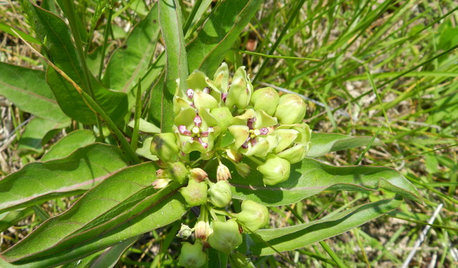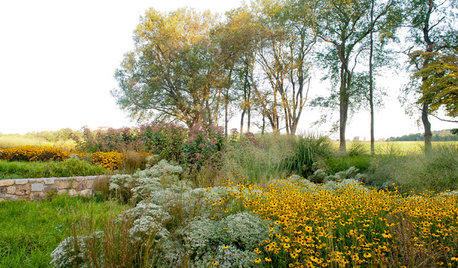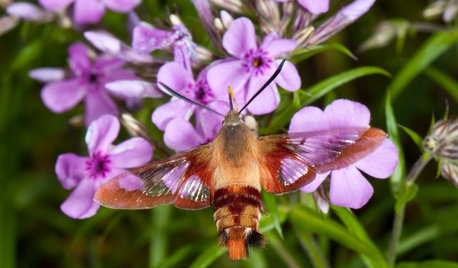Incarnata or Syriaca?
gardenfullofswallowtails
9 years ago
Featured Answer
Comments (7)
lycopus
9 years agodocmom_gw
9 years agoRelated Professionals
East Hanover Landscape Contractors · Ocoee Landscape Contractors · Vacaville Landscape Contractors · Conyers Siding & Exteriors · Linden Siding & Exteriors · Brookfield Siding & Exteriors · Jackson General Contractors · Lincoln General Contractors · Manalapan General Contractors · Marinette General Contractors · Markham General Contractors · Mount Laurel General Contractors · Mount Vernon General Contractors · Red Wing General Contractors · Baileys Crossroads General ContractorsKC Clark - Zone 2012-6a OH
9 years agodocmom_gw
8 years agoMary Leek
8 years agodocmom_gw
8 years ago
Related Stories

GARDENING GUIDESGreat Design Plant: Asclepias Viridis
Green antelopehorn is a milkweed that is short, drought-tolerant, not aggressive and a monarch favorite
Full Story
GARDENING FOR BUTTERFLIESBe a Butterfly Savior — Garden for the Monarchs
Keep hope, beauty and kindness alive in the landscape by providing a refuge for these threatened enchanters
Full Story
GARDENING GUIDESGreat Design Plant: Milkweed
Quit cringing. This not-weed plant is a sight to behold in the garden, has a delicious vanilla scent and is a magnet for butterflies
Full Story
GARDENING FOR BUTTERFLIES3 Ways Native Plants Make Gardening So Much Better
You probably know about the lower maintenance. But native plants' other benefits go far beyond a little less watering and weeding
Full Story
GARDENING GUIDES6 Plants That Beat Butterfly Bush for the Wildlife Draw
It's invasive, a nonnative and a poor insect magnet. Check out these better alternatives to butterfly bush in the garden
Full Story
GARDENING GUIDES10 Essential Wildflowers for the U.S. Central Plains
Focusing on prairie wildflowers supports the most wildlife in a low-maintenance Plains landscape
Full Story
GARDENING GUIDESHummingbird or Moth? See Why You Want Clearwings Around
These fascinating moths may be helpful pollinators for your garden. Here’s how to coax them your way
Full StorySponsored






Mary Leek